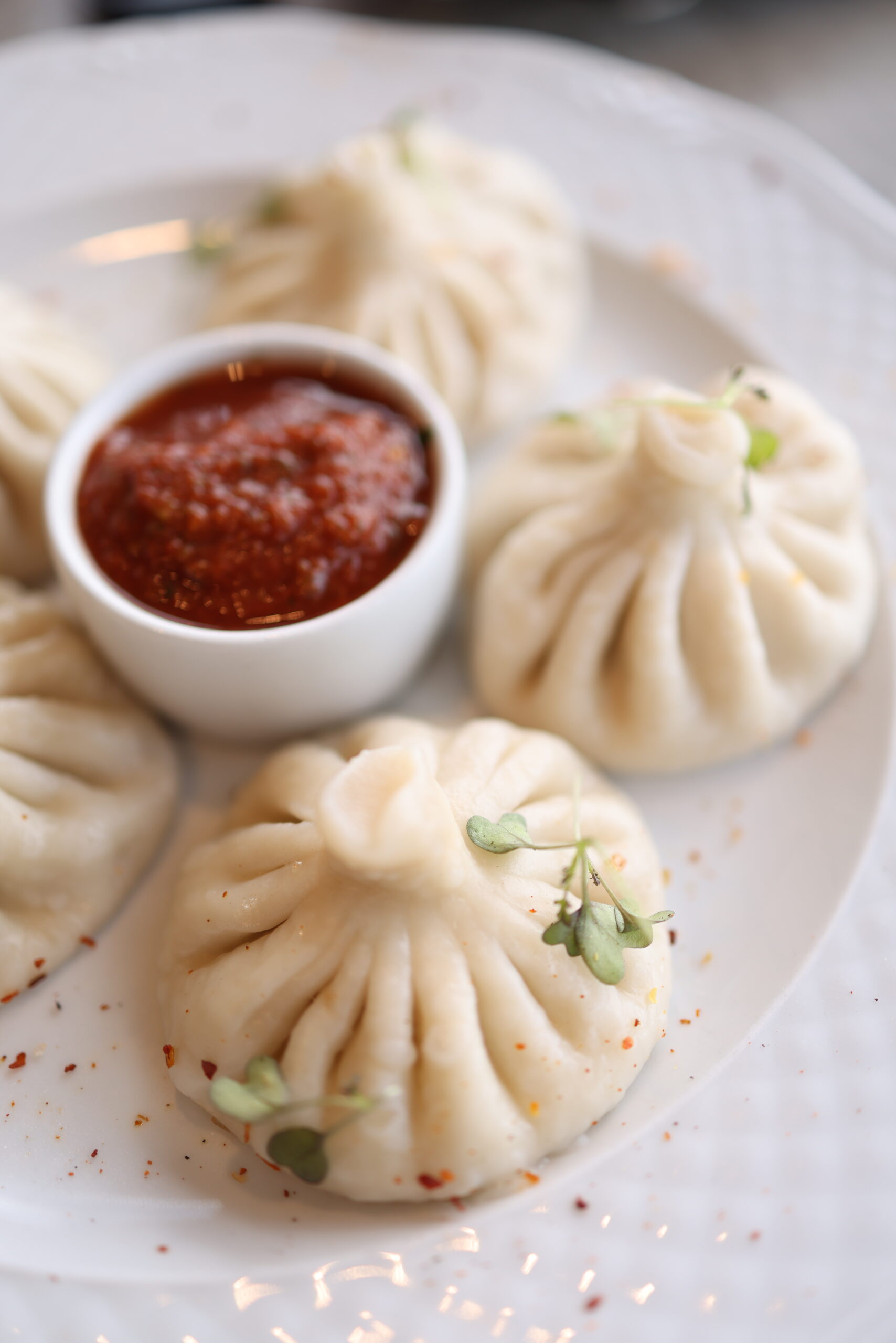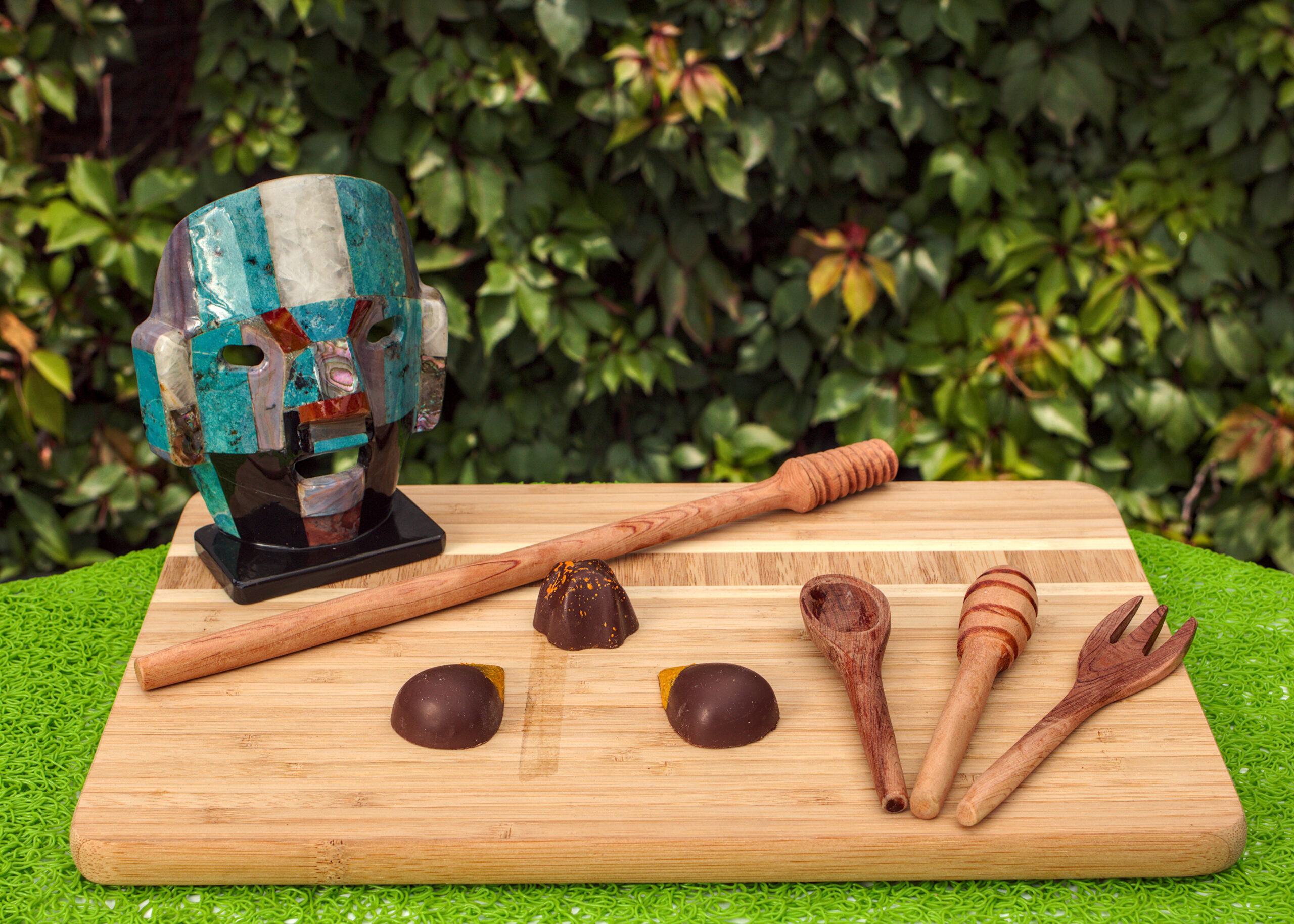Step into the world of Indian cuisine and uncover the secrets and techniques of tandoori cooking. At IndianCulture.com, we invite you to discover the diverse flavors and aromatic spices that make up India’s rich culinary traditions. From regional specialties to the art of using the tandoor, our article, “The Art of Tandoori Cooking: Secrets and Techniques,” will introduce you to the authentic techniques and recipes that will leave your taste buds craving more. Get ready to embark on a flavorful journey through the vibrant and tantalizing world of Indian cuisine.

The History of Tandoori Cooking
Origins of Tandoori Cooking
Tandoori cooking, a technique known for its distinct flavors and unique cooking device, has a long and rich history that dates back centuries. The origins of tandoori cooking can be traced back to the region of ancient Persia, modern-day Iran. The word “tandoor” itself is derived from the Persian word “tāndūr,” which refers to a cylindrical clay oven used for cooking.
Introduction of Tandoori Cooking in India
The introduction of tandoori cooking in India can be attributed to the Mughal Empire, which ruled the Indian subcontinent from the 16th to the 19th century. It was during this period that the Mughals brought with them their culinary traditions, including the art of tandoori cooking. The tandoor quickly became an integral part of Indian cuisine, and its popularity spread throughout the country.
The Tandoor: A Versatile Cooking Device
Understanding the Tandoor
The tandoor is a traditional cooking device that consists of a large clay oven, typically cylindrical in shape. It is fueled by charcoal or wood, which provides the intense heat required for tandoori cooking. The shape of the tandoor allows for even distribution of heat, resulting in perfectly cooked and flavorful dishes.
Different Types of Tandoors
Over the years, different types of tandoors have emerged, each with its own unique features and characteristics. The traditional clay tandoor is still widely used, but modern variants made from stainless steel or cast iron have also gained popularity. These newer versions offer improved durability and heat retention, making them suitable for both home and professional use.
Construction and Operation of a Tandoor
The construction of a tandoor involves layering clay or other heat-resistant materials to create a well-insulated chamber. This insulation allows the tandoor to reach high temperatures and retain heat efficiently. To operate a tandoor, charcoal or wood is lit at the base to generate the required heat. The food to be cooked is either placed directly on the walls of the tandoor or skewered and inserted into the oven.

Marinating: The Key to Flavorful Tandoori Dishes
Importance of Marination
Marinating is a vital step in tandoori cooking as it helps infuse the meats or vegetables with flavor and tenderizes them. The acidic components in the marinade, such as lemon juice or yogurt, help break down proteins, resulting in succulent and juicy dishes. Marinating also allows the spices and seasonings to penetrate the food, enhancing its taste and aroma.
Common Ingredients in Tandoori Marinades
Tandoori marinades typically include a combination of aromatic spices, yogurt, and other flavor-enhancing ingredients. Some common ingredients used in tandoori marinades include ginger, garlic, cumin, coriander, turmeric, garam masala, and chili powder. These ingredients work together to create a harmonious blend of flavors that is characteristic of tandoori dishes.
Marinating Techniques
There are several techniques to achieve the best results when marinating food for tandoori cooking. One popular technique is to pierce the meat or vegetables with a fork before marinating. This allows the marinade to penetrate deeper, resulting in a more flavorful dish. Another technique is to marinate the food overnight or for several hours, allowing the flavors to develop fully. Additionally, basting the food with the marinade while it cooks can further enhance the taste and tenderness.
Essential Tandoori Cooking Techniques
Direct Heat Cooking
Direct heat cooking is one of the fundamental techniques used in tandoori cooking. In this method, the food is placed directly on the walls of the preheated tandoor, allowing it to cook rapidly at high temperatures. The intense heat sears the outer layer of the food, sealing in the juices and imparting a smoky and charred flavor. This technique is ideal for cooking meats, such as chicken or lamb, as it results in a crispy exterior and a juicy interior.
Indirect Heat Cooking
Indirect heat cooking is another technique commonly used in tandoori cooking, particularly for larger cuts of meat or dishes that require longer cooking times. In this method, the food is placed on skewers or in a grill basket and positioned away from the direct heat source. The heat circulates around the food, cooking it slowly and evenly. This technique is perfect for dishes like tandoori fish or paneer, as it allows the flavors to meld together while maintaining a tender texture.

Tandoori Spices and Seasonings
Must-Have Tandoori Spices
The use of spices is what sets tandoori cooking apart and gives it its distinct flavor profile. Some must-have spices for tandoori cooking include cumin, coriander, turmeric, garam masala, and chili powder. These spices lend warmth, depth, and complexity to tandoori dishes, creating a delightful symphony of flavors.
Variations in Spice Blends
While there are certain spices commonly used in tandoori cooking, the exact spice blend can vary based on regional preferences and individual recipes. Some regions may incorporate additional spices like cardamom, cinnamon, or nutmeg to add their own unique twist. These variations in spice blends contribute to the diversity of tandoori dishes found across different parts of India.
Creating Customized Spice Mixes
For those looking to experiment and add a personal touch to their tandoori dishes, creating customized spice mixes is a great option. By blending together different spices in varying proportions, you can tailor the flavors to your liking. Whether you prefer a smoky flavor, a more pronounced heat, or a milder taste, customizing your spice mix allows you to achieve the desired balance of flavors.
Tandoori Cooking Methods
Tandoori Grilling
Tandoori grilling involves placing marinated food directly on a grill or a heated surface, replicating the cooking style of a traditional tandoor. This method is commonly used for tandoori chicken or kebabs, as it provides a similar charred and smoky flavor to that achieved in a tandoor. Tandoori grilling can be done using a gas or charcoal grill, making it accessible to home cooks who may not have access to a traditional tandoor.
Tandoori Roasting
Tandoori roasting involves cooking the marinated food in an oven at high temperatures to achieve a similar effect to tandoor cooking. While it may not offer the same smoky flavor as a tandoor, tandoori roasting is a convenient method that can be easily replicated in a home kitchen. The food is typically placed on a wire rack or a baking tray and roasted until it is tender and cooked to perfection.
Tandoori Baking
Tandoori baking is a unique method that combines the principles of tandoori cooking with the art of baking. In this technique, the marinated food is placed in a preheated oven, typically at a high temperature. The intense heat of the oven mimics the conditions of a tandoor, resulting in dishes with a charred exterior and a juicy interior. Tandoori baking is often used for bread, such as the popular tandoori naan.
Popular Tandoori Dishes
Tandoori Chicken
Tandoori chicken is perhaps one of the most famous and beloved tandoori dishes worldwide. The chicken is marinated in a blend of spices, yogurt, and lemon juice, resulting in tender, flavorful meat with a vibrant red color. Tandoori chicken is typically served with rice or flatbread and accompanied by a cooling raita or chutney.
Tandoori Naan
Tandoori naan is a traditional Indian bread that is cooked in a tandoor. The dough is made with flour, yogurt, and yeast, which gives it a soft and pillowy texture. The naan is then slapped onto the walls of the preheated tandoor, where it bakes to perfection. Tandoori naan is often enjoyed as an accompaniment to curries or used as a vehicle for wraps and sandwiches.
Tandoori Fish
Tandoori fish is a delicacy that showcases the versatility of tandoori cooking. Various types of fish, such as salmon or tilapia, are marinated in a blend of spices and yogurt before being cooked in the tandoor. The result is a moist and flavorful fish with a crispy exterior. Tandoori fish is often served with a side of mint chutney or a squeeze of lemon for added freshness.
Tandoori Paneer
Tandoori paneer is a popular vegetarian option that showcases the versatility of tandoori cooking beyond meats. Paneer, a type of Indian cheese, is marinated in a spicy yogurt mixture and then cooked in the tandoor. The high heat of the tandoor gives the paneer a slightly charred and smoky flavor, while the marinade adds layers of delicious spices. Tandoori paneer is often served with naan or rice as part of a vegetarian meal.
Tips for Perfect Tandoori Cooking
Choosing the Right Ingredients
To achieve the best results in tandoori cooking, it is crucial to select high-quality ingredients. Fresh and tender meats, seafood, or vegetables will yield more flavorful and succulent dishes. When it comes to spices, using fresh and aromatic ones will greatly enhance the overall taste of the tandoori marinades. Additionally, opting for natural yogurt and organic produce can elevate the quality and authenticity of the final dish.
Controlling the Tandoor Temperature
Temperature control is a key factor in tandoori cooking, as it can greatly affect the outcome of the dish. It is important to preheat the tandoor to the desired temperature before cooking. Monitoring the temperature and adjusting the airflow or adding more fuel can help maintain a consistent heat throughout the cooking process. Being attentive to the temperature will ensure that the food is cooked evenly and retains its juiciness and tenderness.
Avoiding Overcooking or Undercooking
Achieving the perfect balance between cooking time and temperature is essential to avoid overcooking or undercooking tandoori dishes. With the high heat of the tandoor, it is easy for foods to become dry or charred if left for too long. On the other hand, inadequate cooking time may result in undercooked or raw center. Regularly checking the doneness of the food by using a meat thermometer or visual cues can help achieve the ideal level of cooking.
Pairing Tandoori Dishes with Accompaniments
Yogurt-based Raitas
Yogurt-based raitas are a popular accompaniment to tandoori dishes, as they provide a cool contrast to the spicy flavors. Raitas are made by mixing yogurt with various ingredients such as cucumber, mint, or tomatoes. The refreshing and creamy nature of raitas helps balance the heat of the tandoori dishes, creating a harmonious and well-rounded meal.
Indian Pickles
Indian pickles, known as achaar, add a tangy and piquant element to tandoori dishes. These pickles are made by preserving fruits, vegetables, or even meats in a blend of spices and oils. The bold and intense flavors of Indian pickles complement the smoky and robust flavors of tandoori dishes, adding an extra layer of complexity to the meal.
Chutneys and Dips
Chutneys and dips play a crucial role in enhancing the overall dining experience with tandoori dishes. Mint chutney, made with fresh mint leaves, yogurt, and spices, adds a refreshing and cooling element to the meal. Tamarind chutney, on the other hand, provides a sweet and tangy flavor that beautifully balances the spices in tandoori dishes. Accompanying tandoori dishes with a variety of chutneys and dips allows for a customizable and dynamic dining experience.
Modern Innovations in Tandoori Cooking
Fusion Tandoori Dishes
In recent years, there has been a growing trend of fusion tandoori dishes that combine traditional tandoori cooking techniques with flavors and ingredients from other cuisines. These dishes experiment with global spices, marinades, and cooking methods, resulting in unique and exciting flavor combinations. Fusion tandoori dishes offer a fresh perspective on traditional techniques and provide a creative platform for culinary innovation.
Vegetarian Tandoori Options
As the demand for vegetarian options continues to rise, tandoori cooking has adapted to include a wide range of vegetarian dishes. Tandoori cooking offers an ideal platform for showcasing vegetables, paneer, or tofu, as the intense heat of the tandoor brings out the natural flavors and elevates the ingredients to new heights. Vegetarian tandoori options provide a delicious and satisfying alternative for those looking to explore the vibrant world of tandoori cuisine.
Tandoori Desserts
While tandoori cooking is often associated with savory dishes, there is also a range of tantalizing tandoori desserts to explore. Tandoori desserts often feature fruits, such as pineapple or bananas, which are marinated in spices and grilled in the tandoor. The heat of the tandoor caramelizes the sugars in the fruit, creating a delightful combination of sweetness and smokiness. Tandoori desserts offer a unique and unexpected twist to the traditional concept of tandoori cooking.
In conclusion, tandoori cooking has a rich history and continues to captivate food enthusiasts around the world with its distinct flavors and versatile cooking techniques. From the origins in ancient Persia to its incorporation into Indian cuisine, tandoori cooking has evolved and adapted over the centuries. Understanding the tandoor, mastering the art of marinating, and exploring the diverse spices and seasonings are key elements in creating authentic and flavorful tandoori dishes. With various cooking methods and a wide range of popular dishes to choose from, tandoori cooking offers a delightful culinary experience. Whether it’s the iconic tandoori chicken, the soft and fluffy tandoori naan, or the fusion innovations of modern cuisine, there is something for everyone to enjoy. So, fire up the tandoor, embrace the flavors, and embark on a culinary journey through the enchanting world of tandoori cooking.
